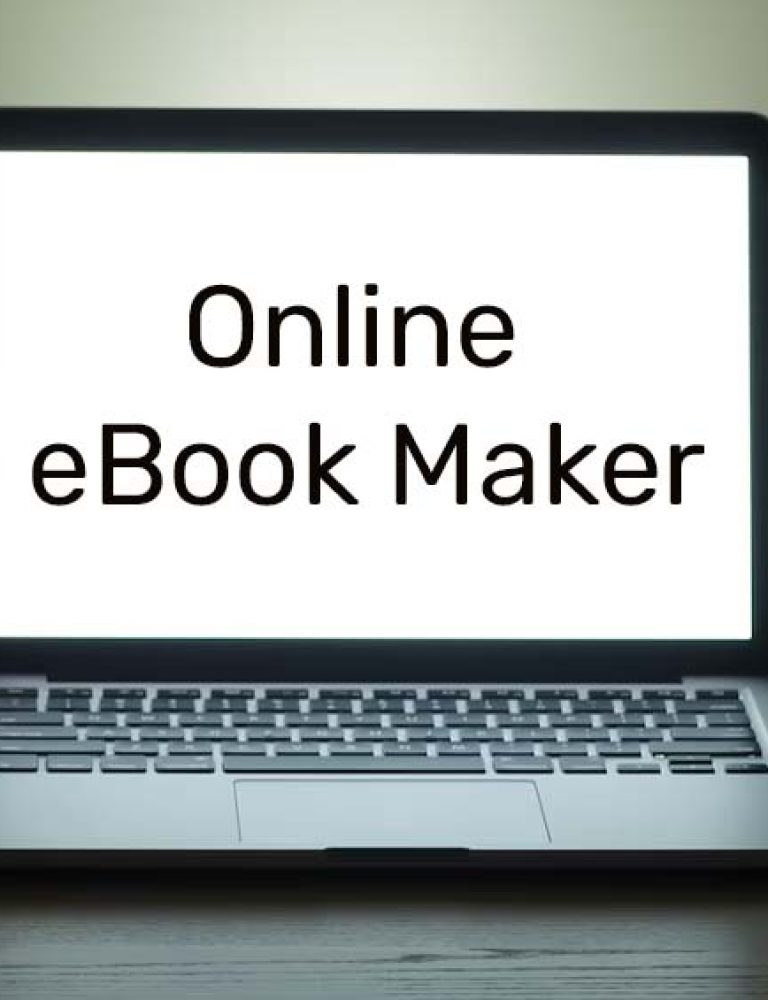Digital publishing has been indispensable to global content access in the 21st century. With lower costs, faster publication, and a broader market reach, digital content continues to make inroads into the publishing world. The ePublishing market is growing rapidly and is projected to reach 1.6 billion readers by 2027. Therefore, it is imperative for publishers to add eBooks to their offerings.
The transition from print to digital publishing begins with reimagining the content so that it leverages the unique advantages of the electronic format. Once the content is ready, publishers can distribute their eBooks seamlessly using digital textbook platforms like KITABOO.
To create maximum impact and revenue with eBooks, choosing the right eReader platform for publishing is vital. In this blog post, we outline a systematic workflow to seamlessly transform your publishing pipeline from print to digital.
Let’s dive in!
Table of Contents
I. A Seamless Workflow to Transition from Print to Digital Publishing
A Seamless Workflow to Transition from Print to Digital Publishing
It is strategically necessary for publishers to switch from print to digital publishing in order to keep up with the changing demands of the content consumption market. Even though the change may appear overwhelming at first, it becomes a smooth process to accept the many advantages provided by digital platforms with the appropriate strategy and resources.
Here, we provide a thorough workflow to help with this shift and make sure publishers can use eReader solutions to improve reader engagement and publication process optimization.
Create Source Files
The very first step in switching over to digital publishing is to prepare the source files for your content. There are 3 common starting points for these files:
- A PDF file that was used for printing the physical book.
- The original source files for your printed book: Adobe InDesign files are commonly used by creators and publishers across the globe.
- The printed book.
If you have a PDF file or an original source file, you are ready to proceed. However, if you only have printed versions of your book, you must scan all the pages and convert them into a compatible format. Establishing a repeatable protocol for generating these source files will expedite your transition to digital publishing.
Plan Your eBook’s Layout
Before you begin to edit your digital source files, envision the final eBook that you wish to publish. At this stage, it is crucial to understand the differences between the user experience with digital books and printed books. Readers could engage with your eBooks on eReaders of varying screen sizes, and navigation between pages could be significantly different.
Keeping these differences in mind, you must choose between the fixed and reflowable layouts for your eBook. In a fixed-layout eBook, the pages are static in nature. In other words, they will be scaled to fit the screen size to appear the same across different devices. If you wish to have complete control over the appearance of each page, this is the format for you.
Conversely, if you want your eBook to be adaptable to your readers’ devices, then opt for the reflowable layout. In this mode, the appearance of the content across devices may vary to maximize readability on each device. KITABOO’s eReader platform for publishers supports both layouts.
Once you have selected the layout, you can design your eBook accordingly.
Edit and Format Source Files
With a plan for the eBook’s layout in place, you can proceed to edit and format the source files. Even if you intend to simply replicate the physical book in eBook form, you will still need to make formatting changes.
To get an idea of how the eReader platform works on your files, run a trial eBook publishing process. Expect to see shifts in text and images relative to their placement on the source files. These issues will guide your formatting changes.
Now, make edits to your source files based on the intended layout. You may want to reposition images and charts and modify the way text wraps around images. Use high-quality versions of visual elements to allow readers to zoom in and examine them in detail.
Also, add or auto-generate a clickable Table of Contents to support easy navigation across sections.
Creating an optimal user experience is a crucial skill to develop when you move toward digital publishing. Therefore, pay close attention to how you format your digital source files, as it will determine your reader’s user experience.
Add Multimedia and Interactive Components
Digital publishing platforms have more to offer than mere electronic versions of print content. You can create content that engrosses the modern reader in a way that physical content cannot.
Using eReader platforms like KITABOO, you have the capability to enrich your content with multimedia and interactive elements. Including them in your eBook can be beneficial because of the following reasons:
- Visual multimedia additions like animations, videos, and gifs add depth to your subject matter. It gives the reader additional context and offers a different vantage point from which to view the content.
- Audio elements allow your readers to listen to your content on the go. Moreover, advanced audio features like text-to-speech make your content inclusive for visually impaired users.
- Interactive elements like quizzes or trivia keep the reading experience dynamic and reinforce the content in your readers’ minds.
With eReader platforms for publishers that support these elements, you can elevate your content to the next level with digital publishing.
Select the Output Format and Publish
Now that your eBook content is ready, it is time to move on to the final stage—publishing your eBook. This step involves uploading your eBook source files to the eReader platform and exporting them to the appropriate format. ePub is the format widely supported by popular eReader platforms for publishers.
However, your output format may depend on your choice of eBook publisher and distributor. For instance, eBooks on Amazon are in the MOBI format. After determining an output format and prior to uploading your eBook, make sure to run these final checks on your eBook content:
- Your eBook must have a captivating cover page that is compatible with your eReader publishing platform.
- You must include appropriate metadata that helps your users find your eBook when they search for relevant topics.
- DRM protection must be enabled to safeguard your content against illicit redistribution. Publishing platforms such as KITABOO offer integrated DRM to simplify this process for you.
With these elements in place, it is time to publish your eBook. Upload your source files to the platform and export your eBook in the chosen format. Ensure that your exported eBook matches your vision, and make adjustments if required.
After executing this step-by-step workflow, you can now proceed with distributing your eBook across the globe. Be sure to select an appropriate distributor that is optimal for your target market. With robust distribution for your eBook in place, your transformation to a digital publisher is now complete!
Conclusion
Digital publishing is not just a new publishing methodology but a systemic shift in how content is presented to readers for maximum impact and engagement. It opens avenues to make books more interactive, inclusive, and better protected against piracy. Therefore, the adoption of digital publishing is essential for all publishers to keep up with evolving user preferences and industry trends.
Though a switch from print to digital may seem daunting, with a clear vision and methodical workflow, it can be a smooth progression. Selecting a reliable eReader platform like KITABOO can help you in every step of this transition to digital publishing!
To know more, connect with us now!
Discover How An Ebook Conversion, Publishing & Distribution Platform Can Help You
Kitaboo is a cloud-based content platform to create-publish & securely distribute interactive mobile-ready ebooks.
You May Also Like









